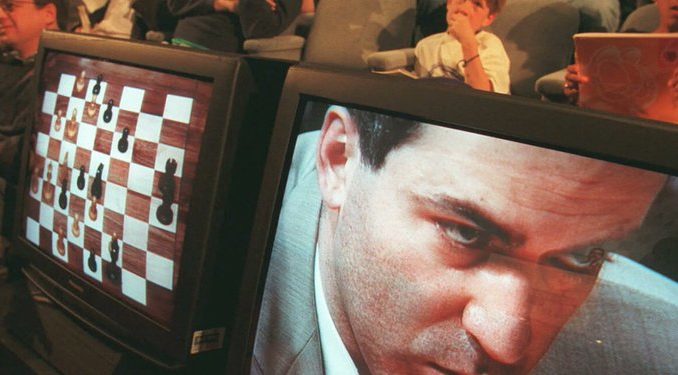
IF A COMPUTER BEATS THE CHESS GRANDMASTER, THEN WHAT’S NEXT?
in may 11, 1997, garry kasparov — the russian chess grandmaster — gave the final game against IBM’s deep blue supercomputer. a normal high-level chess game lasts up to four hours, but kasparov gave it up before even an hour was over, after a careless mistake. the machine ‘played like a god,’ he said. this victory provoked reactions from the public; if AI could beat the world’s sharpest chess mind, then what comes next? perhaps computers would soon be able to overpower humans in different fields — something that hasn’t happened, at least so far.
the development began in 1985 at carnegie mellon university under the name chiptest. it then moved to IBM, where it was first renamed ‘deep thought’. and then again in 1989 relabeled ‘deep blue’. to play chess, deep blue could predict a move ahead, calculate possible moves from there, reject the ones that seemed unpromising and go along the profitable routes. and then repeat the process again and again.
in february 1996, IBM thought it was finally ready to face kasparov for the first battle. although deep blue won one game, kasparov won three and took the match. IBM requested a rematch, and its team spent the next year building even faster hardware. in may 1997, kasparov and deep blue met again to repeat the contest. even though the computer was two times faster than before, evaluating 200 million chess moves per second, IBM wasn’t sure about the win. after making a serious blunder early in the game, kasparov was convinced he had no way to win. and then his performance was getting worse, resulting in losing the battle.
